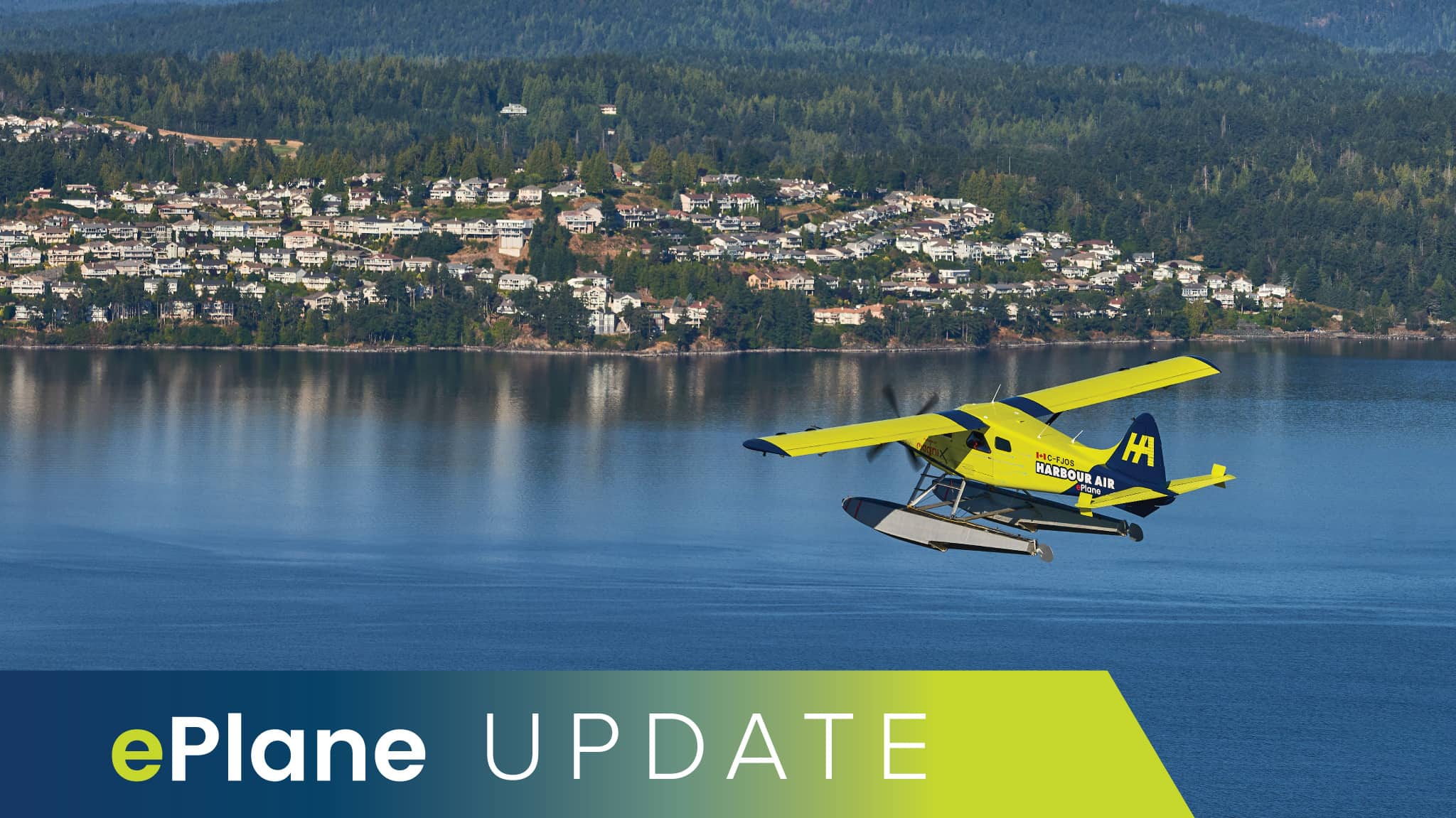Propulsion must be electric, but power can be generated from e.g. hydrogen fuel cells as well.
People are also trading
I think harbour air (a regional airline in Canada) has a very good shot at doing this. They have had a working prototype for several years. B.C. where they operate has a pretty high carbon tax which gives them an incentive to get off avgass. And most of their routs are under 45m. Plus they just signed a letter of intent to buy 50 engines to retrofit their whole fleet https://harbourair.com/harbour-air-ebeaver-electric-airplane-makes-international-debut-at-eaa-airventure-2024-oshkosh-wi/
The FAA regulations that it operates under probably provide a pretty good set of rules for what counts or doesn't, at least in the US:
https://en.wikipedia.org/wiki/Federal_Aviation_Regulations
Parts 23, 25, 91, 121, and 135 are the ones of interest.
@RobertCousineau they fly above the waves at almost 200mph, but legally they are classified closer to boats than they are to planes so they can have a much larger legal flight distance (since they are legally allowed to get close to empty on their batteries in non-emergency situations). Successful 1/4 size model flight last September, planned full size next year, lots of industry investors/executives, etc.
Relevant maybe ... retrofit completed testing and uk aviation authority approval already with flights in England "before the end of this year"...
Would this count? https://harbourair.com/earth-day-eplane-update/
@jacksonpolack Certainly! So I decided to provide a somewhat agressive cut-off year, to keep it interesting.
@ElliotDavies Any flight one can commonly charter from a commercial airline to get from A to B. No one-off deals. I think that rules out a two-seater, but as for distance and capacity, I don't think I could provide a sensible cut-off?


